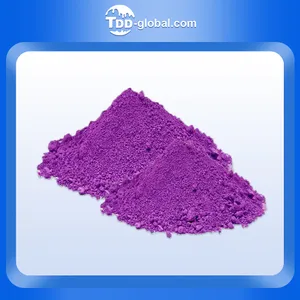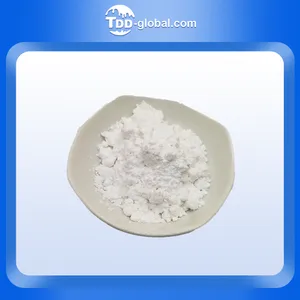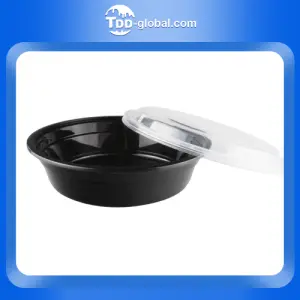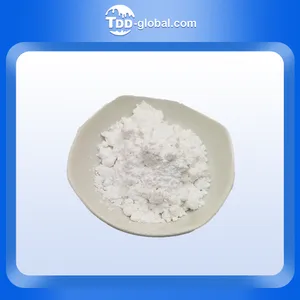[Compact Response]
Producing a 50/50 mixture of methanol and water is a straightforward process often used for various applications like fuel blends or antifreeze. Here's a simple method:
1. Safety First: Wear protective gear like gloves and goggles since methanol is toxic and flammable.
2. Measure Accurately: Gather equal volumes of methanol and water. You can use a graduated cylinder or a measuring cup for precision.
3. Mixing: Pour the methanol into a clean, non-reactive container (preferably glass or plastic). Slowly add the water while stirring gently to combine.
4. Double-check: Verify the ratio before use. If needed, use a hydrometer to measure the solution's specific gravity.
Remember, this mixture can be hazardous; handle it with care, store it properly, and avoid ingestion or skin contact.
Recommended Suppliers
-
 小敏测试128
小敏测试128 -
 5xiaominrenminbiAAABBB
5xiaominrenminbiAAABBB -
 Purple pigment for Solvent ink&UV ink
Purple pigment for Solvent ink&UV ink -
 Dry ground sericite mica powder 600 mesh
Dry ground sericite mica powder 600 mesh -
 PVC zhongtai SG5
PVC zhongtai SG5 -
 MY700 disposable plastic 700ml food container
MY700 disposable plastic 700ml food container -
 Liaoning Dongyu Gold Mica Powder 20 Mesh
Liaoning Dongyu Gold Mica Powder 20 Mesh
- •how many crankshafts are in a v8 automobile engine
- •how to make 50 50 methanol
- •low carbon dioxide in blood
- •how to make 50 50 methanol
- •Main uses of talc powder
- •The main ingredient of baby powder in European and American countries is still talc
- •Main application areas of talc powder
- •Coating costs rise, application of talc powder can reduce costs
- •Brief description of talcum powder wastewater treatment application and development suggestions




